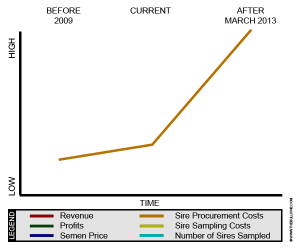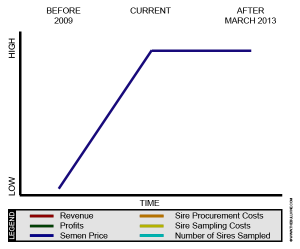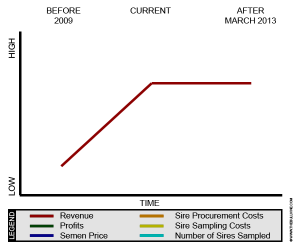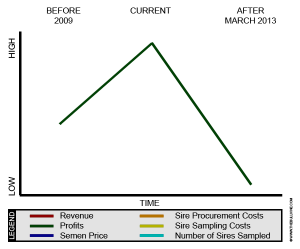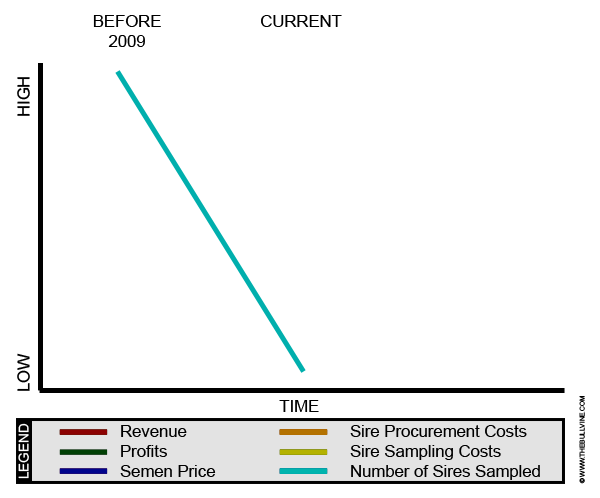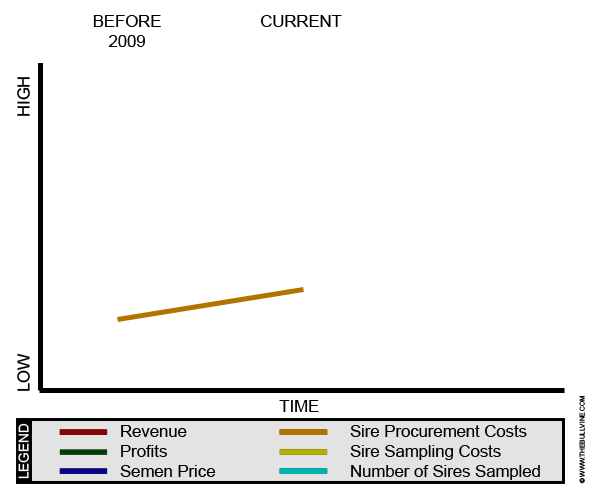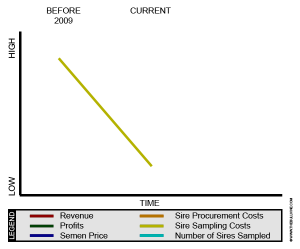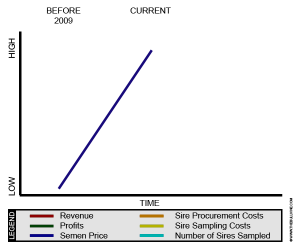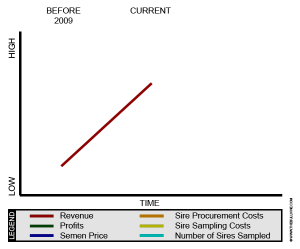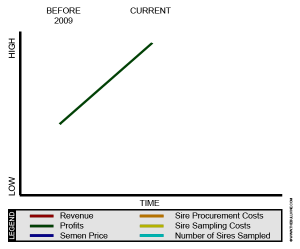Learn about Shirley Kaltenbach’s journey from the dairy industry to retirement. How is she transitioning, and what lessons can you learn from her experience?
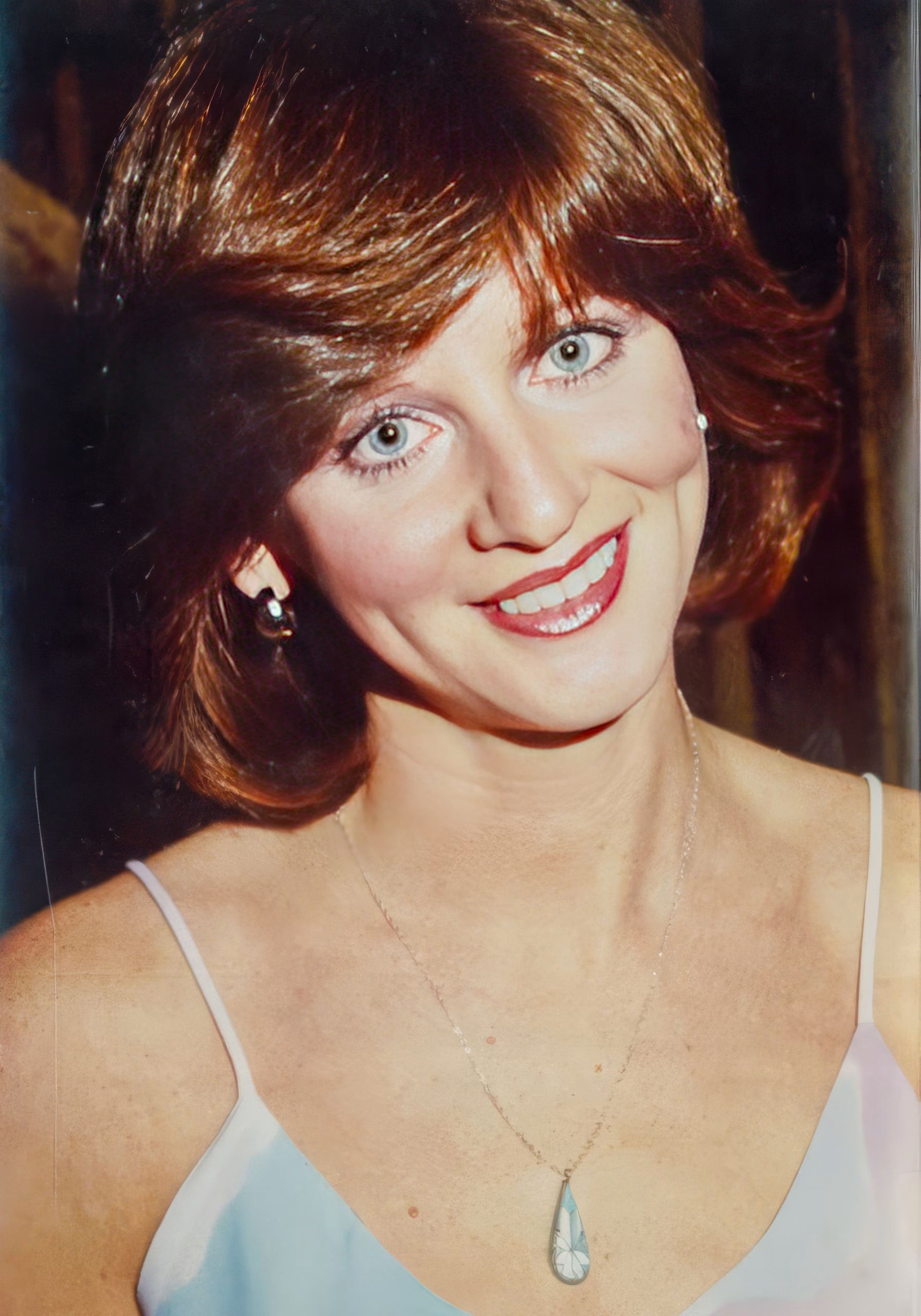 From her modest origins in Plain City, Ohio, Shirley Kaltenbach started a career that would make her a significant player in the artificial insemination business. As she prepares for retirement, her path shows diligence, commitment, and a relentless love of her industry and the people she works with. A lifelong learner, she has navigated several responsibilities at Select Sires over almost four decades, each adding to her remarkable legacy.
From her modest origins in Plain City, Ohio, Shirley Kaltenbach started a career that would make her a significant player in the artificial insemination business. As she prepares for retirement, her path shows diligence, commitment, and a relentless love of her industry and the people she works with. A lifelong learner, she has navigated several responsibilities at Select Sires over almost four decades, each adding to her remarkable legacy.
“I had to work my ass off, but the experiences and the opportunities that I had led to growth and getting me to where I needed to be.” — Shirley Kaltenbach.
Shirley’s journey could have been clearer-cut, from her first roles in business and finance to her ultimate leadership post as Director of Communications. Her narrative, however, is evidence of what is possible with tenacity and a tireless will to develop and learn.
- Started in the dairy industry in 1974, just two years out of high school.
- Worked across multiple departments, including finance, Select Embryos, and veterinary.
- Became Director of Communications and was instrumental in establishing the brand promise of Select Sires.
Shirley leaves a legacy that inspires and directs others who follow in her footsteps. Join us as we explore the highlights of her career, her mentors, the changes she saw in the sector, and her priceless advice for the next leaders. Her leadership and graceful transition into retirement are a testament to her dedication and will be remembered with respect and appreciation.
From Small-Town Roots to Dairy Industry Heights: Shirley’s Early Journey
Shirley grew up in Ohio’s little yet lovely hamlet of Plain City. She was close to her neighborhood from early on and enjoyed the little joys of small-town living. This close-knit atmosphere significantly shaped her work ethic and ideals.
Shirley’s journey into the dairy industry is a testament to her resilience and adaptability. Just two years after graduating from high school in 1972, she responded to a newspaper advertisement and joined Select Sires in 1974. Starting in the business and finance departments, she quickly found her stride. Her smooth transition from high school to a professional environment resulted from her relentless drive and strong desire to learn and develop in the sector.
From Finance Fundamentals to Industry Leadership: Shirley’s Dynamic Career Path
Working closely with the controller, Shirley started her career with Select Sires in the financial and business division. This early job anchored her in the business’s financial operations principles. Over time, she moved into the embryo division, which expanded her knowledge of the technical dairy sector.
Shirley left Select Sires to work for the National Breeding Company in Illinois, veering off course in her career. She worked with well-known professionals in the business, including Dick Clark at ABS, which gave her excellent knowledge of breeding methods and network with influential breeders.
Shirley returned to Select Sires, this time in the veterinary department, eight years after living in Illinois. Her background in many business fields gave her a flexible skill set that eventually helped her to be promoted to Director of Communications.
The Mentors Who Shaped Shirley’s Distinguished Career
Shirley’s excellent career is owed to strong mentoring. She was led through many phases of her professional life by three exceptional people: Dick Chichester, Dick Clark, and Dave Thorbahn; each had a lasting impression on her development and successes. Their guidance and support were instrumental in shaping her career and helping her achieve her goals.

Dick Chichester was Shirley’s first mentor at Select Sires and perhaps the most foundational influence on her career. As a key figure within the company, he entrusted Shirley with multiple roles across various departments, which helped her develop a broad understanding of the industry. His confidence in her abilities motivated her to excel, ensuring she never wanted to disappoint him. This mentor-mentee relationship was characterized by mutual respect and an eagerness to learn, laying a solid foundation for Shirley’s future endeavors.
Dick Clark, at the National Breeding Company, further expanded Shirley’s horizons. During her time in Illinois, Clark introduced her to a network of prominent breeders such as Peter Heffering, Bob Walton, and Doug Maddox. This exposure was invaluable, enlightening her about the broader dairy industry landscape and providing her with lifelong friendships and vital industry insights. Clark’s mentorship was instrumental in deepening her understanding of cattle breeding and industry trends, which were crucial as Shirley navigated her path back to Select Sires.
Finally, Dave Thorbahn was transformative in Shirley’s later career stages. A visionary leader, Dave saw potential in Shirley that even she hadn’t fully realized. He encouraged her to embrace roles that required complex organizational and communication skills. Dave facilitated Shirley’s attendance at Northwestern University’s executive scholar’s program and certification as a meeting professional to prepare her. This investment in her professional development empowered Shirley, ultimately helping her rise to senior management positions. Dave’s ability to push Shirley beyond her comfort zone was a testament to his mentoring strength, significantly contributing to her ability to thrive and lead within Select Sires.
Each mentor uniquely contributed to Shirley’s career, providing support and guidance and challenging her to grow and excel in ways she may not have envisioned. Their impact is evident in her enduring success and the respect she commands in the industry.
Shirley’s Insatiable Appetite for Learning: The Key to Her Success
Shirley’s love for her profession was a driving force behind her success. Her constant thirst for knowledge was one of her strongest suits. She never shied away from further education, constantly learning new skills to enhance her contributions. Her meticulous attention to detail ensured that every task was executed perfectly, building her reliability and respect in numerous roles. Her unparalleled organizational skills allowed her to oversee many initiatives efficiently. Most importantly, her passion for her profession propelled her to achieve significant career milestones and inspired everyone around her.
“Throughout her professional career, she has faced challenges and worked to uncover the best solutions. She is a lifelong learner, always reading and asking questions to understand the situation and apply best practices,” comments David Thorbahn, CEO of Select Sires.
Adapting to Transformation: Shirley’s Journey Through Industry Innovations

Shirley’s remarkable career in the dairy industry saw significant changes that profoundly affected her work. The advent of computers was one of the most significant transformations. Shirley vividly recalls the moment her manager asked her to write an email, and she realized she didn’t even own a computer. She had to adapt quickly and learn to navigate a new digital landscape that revolutionized operations from a technological standpoint. Her ability to adapt to these changes and learn new skills was a testament to her resilience and determination.
During Shirley’s career, dairy cattle genetics underwent a revolutionary breakthrough. It offers unmatched information on cows and bulls. Because of its speed and precision in acquisition, data-modified bull proving is quicker and more dependable. This was a significant change from the sluggish, labor-intensive data-collecting methods of years past. The abundance of data accessible enhanced the quality of choice. It hastened the whole proving process, allowing faster, more informed judgments.
Furthermore, the addition of sexed semen and beef on dairy operations presented fresh directions for the dairy business, thereby broadening chances and successful tactics. These developments underlined the need to keep current with technical developments to be competitive and efficient in the sector.
Shirley responded rather well to these developments and used them to improve the capacity and effectiveness of her team. Her capacity to develop with these changes speaks volumes about her dedication to learning and development, which undoubtedly helped her consistently succeed in the field.
Shirley Kaltenbach’s Hallmark Achievements: A Testament to Dedication and Expertise
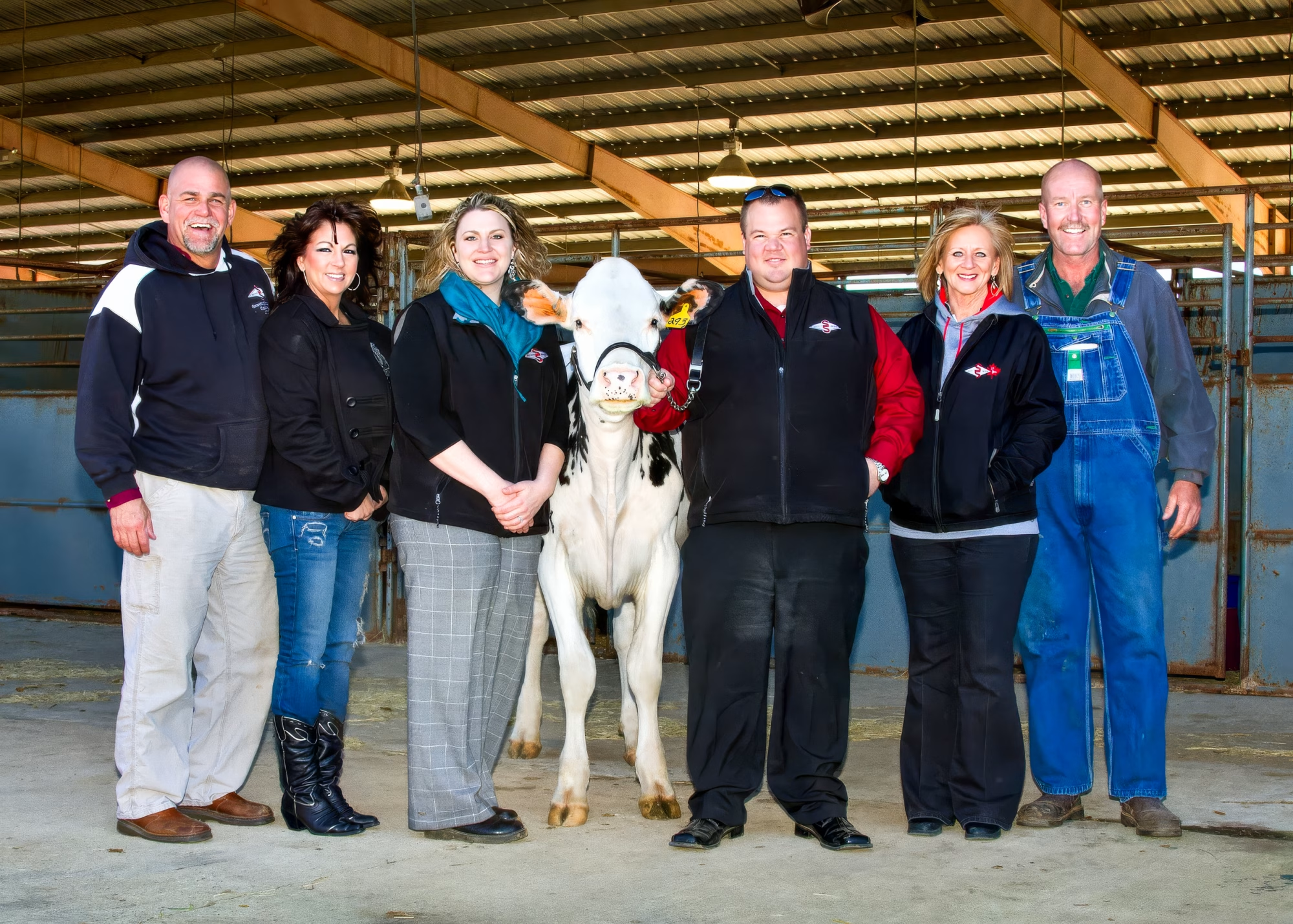
Among Shirley’s many accomplishments, a few reflect her commitment to and knowledge of the dairy business. One of her most satisfying achievements was planning many sales conferences. For the Federation of Cooperatives salesmen, these conferences provide a vital forum combining inspirational speakers with instructional breakout sessions to excite and equip participants with knowledge and skills for their jobs. Shirley’s thorough preparation and attention to detail guaranteed that these events were memorable and successful for attendees.
Shirley’s contribution to assembling a vibrant communications team from the ground up is another essential feather in her crown. Shirley’s leadership turned a disjointed group into a robust and united team despite uneven branding and lack of cohesiveness. Her efforts resulted in a team culture in which every member was always eager to help one another and in which communication flowed naturally.
Authoring the Select Sires brand promise, Your Success, Our Passion, is yet another gratifying accomplishment for Shirley. Every Federation member has embraced this motto, which captures its fundamental principles. It is a lighthouse of their dedication to customer success, which Shirley helped define most importantly.
Shirley’s career is incredibly motivating because she rose to prominence without a college degree. In a field where academic qualifications are often considered necessary, Shirley’s successes are evidence of her diligence, ongoing education, and outstanding commitment. Her path emphasizes how enthusiasm, a tenacious work ethic, and a never-quenchable curiosity can close the gap left by a lack of formal college education.
Shirley is a lifelong learner, always eager to understand and apply best practices. Her positive and humble attitude has driven her growth while others might plateau. She completed Northwestern University’s Executive Degree in Marketing Communications and a Certified Meeting Planner (CMP) program. Known for her meticulous planning and attention to detail, Shirley elevated the organization’s mission and goals while promoting Select Sires’ products and services. “Her tireless work ethic ensured that every project is completed with excellence, never settling for good enough,” comments Thorhabn.
Shirley’s Mastery in Harmonizing Diverse Teams and Navigating Complex Structures

Shirley faced several obstacles during her illustrious career, especially juggling many personalities and negotiating the complex dynamics of a federation of member companies. This unusual framework presented different challenges for intelligent communication, collaboration, and leadership.
Shirley had one of the significant challenges organizing across many departments with various goals and personalities. For example, the direct and operations management teams often saw things from different angles and under distinct priorities. Shirley’s skill in harmonizing and comprehending these many viewpoints was vital. Through open contact lines, she ensured that departmental objectives complemented the company’s general purpose.
Shirley not only had to control internal dynamics but also promote federation unity. This included planning getaways necessary for knowledge-sharing, team-building, and sales conferences. These activities were planned to inspire and drive team members to leave with a fresh feeling of unity and purpose, not just to fulfill professional responsibilities. Her efforts were usually appreciated, which suggested how successfully she created a cooperative and inclusive workplace.
Shirley’s capacity to assemble and maintain a top-notch team from what first appeared like mismatched components highlights her leadership abilities even more. Through a retreat with team-building activities and honest communication, she transformed an unorganized group into a cohesive one. Thus resolving problems and establishing a cooperative and respectful culture.
Shirley always pushed herself and her team to aim for excellence. By challenging and showing genuine compassion, she united her team. As a result, Select Sires received praise from the sales team and won national awards for advertising and marketing from professional associations.
Her commitment to enhancing internal communication also led to the creation of thorough branding rules and other organizational instruments guaranteeing uniformity and standardizing procedures. The communications staff flourished under her direction, reflecting her dedication to creating a cooperative and effective workplace.
Shirley’s Seamless Shift: A Gradual Journey into Retirement
Shirley is slowly transitioning into retirement. She started this new phase five years ago by working from home three days a week. Under this adaptable schedule, she has been able to progressively withdraw from her position and still carry out her professional responsibilities. Shirley can easily make the sporadic in-person visits when required, living only two miles from the office. Her gradual change has helped her adjust to retirement, guaranteeing a confident and seamless exit.
This deliberate transition time has benefitted her, allowing her to pass off tasks and lighten her burden gradually. Reflecting her realistic and sensible personality, her systematic approach guarantees continuity for her coworkers and the company.
Thinking about this new era, Shirley is eager to investigate many hobbies. Her main objective, reflecting her lifetime dedication to constant learning and personal development, is to travel and fully experience other cultures.
Shirley also finds great enthusiasm in exploring health and fitness. She intends to create health programs and commit more time to a family venture—a gym started four years ago. The gym has prospered throughout the epidemic and became a gathering place for nearby cops, firemen, and neighbors. Shirley wants to stay active even as she moves away from her long-term professional position by concentrating on the gym and promoting a health-conscious community.
Leslie Maurice: The Pillar of Support in Shirley’s Retirement Transition
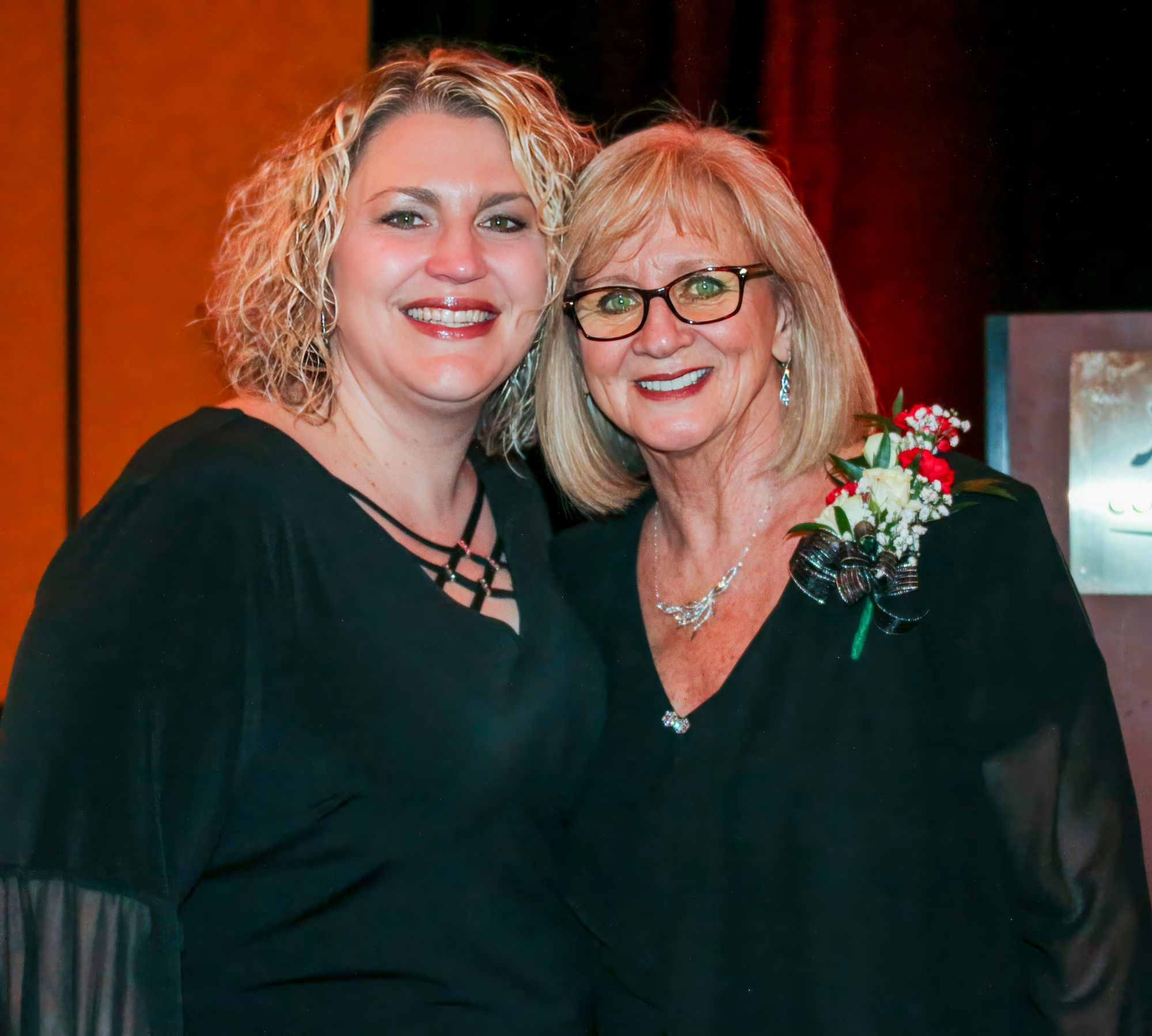
Shirley’s most significant legacy is the people she mentored, like Leslie Maurice, the current Director of Communications at Select Sires Inc. Shirley took Leslie under her wing and provided her with opportunities to develop her skills, preparing her to lead and make further improvements.
Leslie has been a close friend and a vital part of Shirley’s journey, ensuring their work is fulfilling and fun. Their relationship, marked by mutual respect and excellent communication, has dramatically eased Shirley’s transition into retirement. Shirley profoundly values the trust and understanding she shares with Leslie, guaranteeing team stability and continuity.
“The most valuable lesson Shirley imparted to me is to lead with passion and compassion,” says Leslie. “She inspired me to stand up for what is right, to continuously seek knowledge, to work with an unwavering determination, and always to celebrate the victories.” Leslie adds, “Her greatest impact on Select Sires lies in the people she mentored and shaped during her tenure. She left her mark on this company by developing leaders and making Select Sires one of the premier workplaces.”
A Collaborative Family Effort: The Heartbeat of Shirley’s Community Gym

Shirley’s family has been essential for her community projects, especially with the newly established gym. Jay, her husband, is heavily engaged in running the gym, therefore contributing his efforts to guarantee its seamless operation and the excellent service of its patrons. Leveraging his experience and expertise, Jay greatly enhances the friendly and effective gym surroundings.
Shirley’s son Clay is also significant. Renowned for his commitment and diligence, Clay gives the gym a family touch, strengthening the staff and member bond. His efforts are essential to keeping the gym running daily and ensuring it is welcoming for everyone who enters.
Clay’s uncle, Jerry, has a history of survival training and firefighting. Jerry draws numerous cops and firemen by using his experience to provide specific training courses within the gym. His practical expertise and hands-on attitude make the gym a hub for developing vital skills rather than just a place for physical exercise.
This team effort among families has made the gym a community center. Frequent gym users include police, firefighters, and other municipal officials who benefit from its extensive programs and encouraging surroundings. The gym is a pillar for community fitness, safety education, and general well-being, and it is not just a place to work out.
The Bottom Line
Shirley’s excellent path provides priceless guidance for young people hoping to achieve comparable achievement. She underlines the need for diligence and being open to working beyond hours; coming early and remaining late may make a big difference. One should be passionate about constant learning, not just about a job. Equip yourself with as much knowledge and experience as possible in your fields of interest.
Still, another pillar of success is passion. Be enthusiastic about what you do; if your present path does not inspire that enthusiasm, do not hesitate to investigate other possibilities. Resilience in the face of adversity is also vital. Errors are unavoidable, but you must forgive yourself for development and move on.
Finally, cultivating a “no matter what” mindset will distinguish you. Maintaining discipline and meeting deadlines could result in rather remarkable achievements. Shirley is objective evidence that, with commitment and enthusiasm, you can soar in your chosen profession.
Key Takeaways:
- Lifelong Learning: Shirley emphasized the importance of continuous education and personal development, even without a formal college degree to start.
- Mentorship Matters: Key mentors played a pivotal role in guiding Shirley’s career and helping her navigate the complexities of the industry.
- Adaptability: From transitioning to new roles every few years to adapting to technological advancements like the advent of computers and genomics, Shirley’s flexibility was crucial to her success.
- Team Building: Shirley’s efforts in creating cohesive, high-performing teams were instrumental in her and the organization’s achievements.
- Passion and Hard Work: Her passion for the industry and dedication to her work were central to her accomplishments and continued success.
- Balancing Personal and Professional Goals: As she transitioned into retirement, Shirley focused on achieving a balance between personal aspirations and professional responsibilities.
Summary:
Shirley Kaltenbach’s remarkable career, spanning over three decades in the dairy industry, is a story of dedication, continuous learning, and impactful mentorship. Rising from small-town beginnings in Plain City, Ohio, Shirley’s journey saw her transition from finance to various leadership roles at Select Sires. Her achievements are not just marked by industry innovations like genomics and sexed semen but also by her ability to foster teamwork and manage a dynamic organization. As she gracefully steps into retirement, Shirley leaves behind a legacy of passion and excellence, carried forward by her protégés and colleagues.










